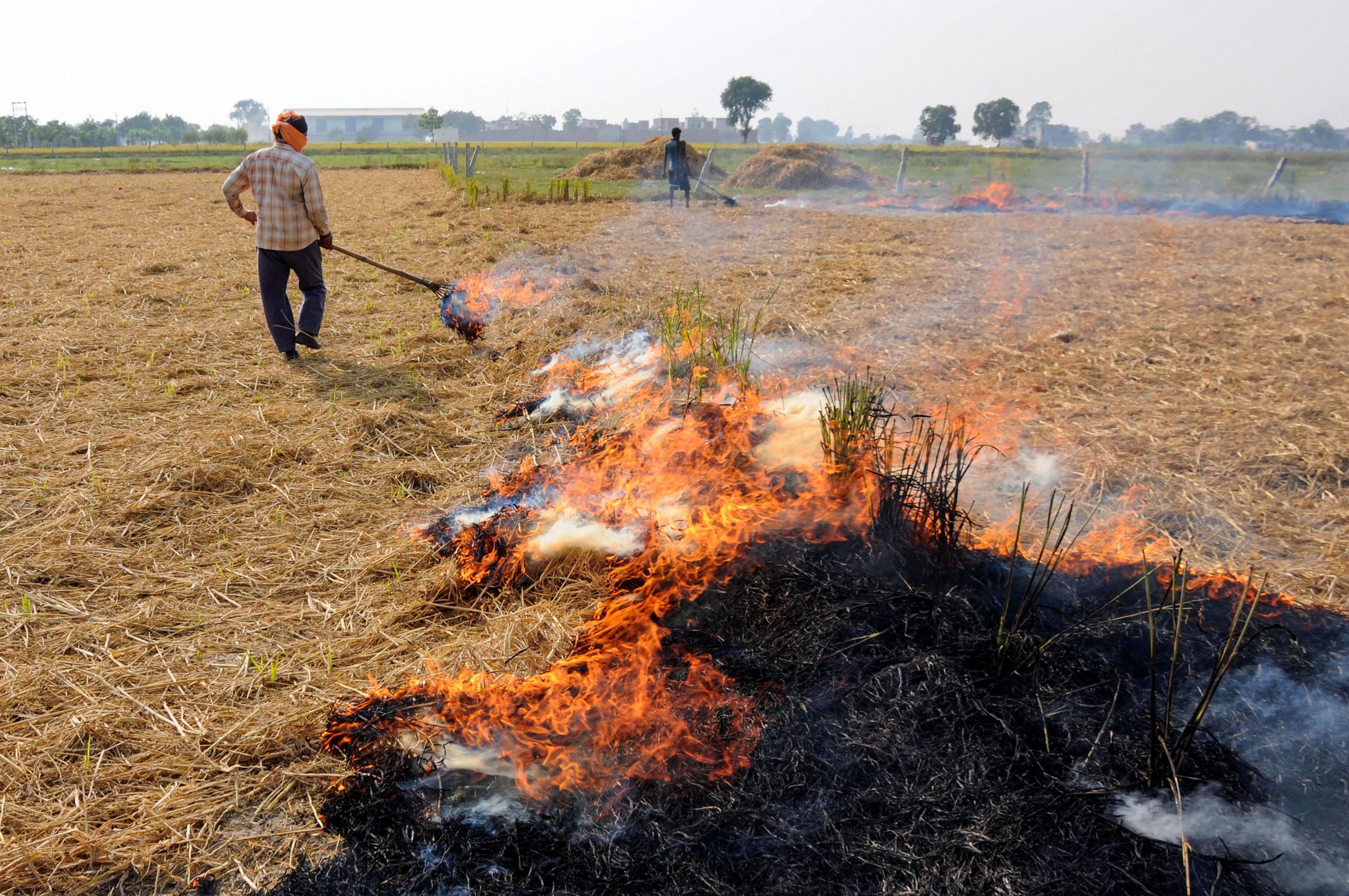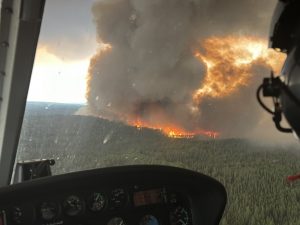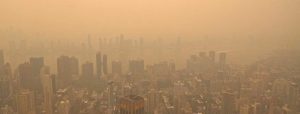Delhi’s air quality was recorded in the “poor” category on Monday morning, PTI reported. The city recorded an air quality index (AQI) of 232 at 8:45 am on Monday.
An AQI between 0 and 50 is considered ‘good’, 51 and 100 ‘satisfactory’, 101 and 200 ‘moderate’, 201 and 300 ‘poor’, 301 and 400 ‘very poor’, and 401 and 500 ‘severe’.
The share of stubble burning in the city’s pollution is likely to increase, according to the Ministry of Earth Sciences’ Air Quality Early Warning System for Delhi.
On Sunday, as many as 1,230 farm fires were recorded by a central government agency in Delhi’s neighbouring states — the maximum in a day so far this season.
Also read: Governments have ‘shut their eyes’ as Delhi bears the brunt of stubble burning: Arvind Kejriwal
During daytime, winds are blowing from the northwest, bringing pollutants from farm fires. At night, calm winds and low temperatures are allowing the accumulation of pollutants, an India Meteorological Department official told PTI.
On Sunday, Delhi’s ventilation index — a product of mixing depth and average wind speed, was 11,500 metre square per second, according to the Ministry of Earth Sciences’ Air Quality Early Warning System.
The ventilation index for Monday is predicted to be 10,000 metre square per second, which is favourable for the dispersion of pollutants.
A ventilation index lower than 6,000 sqm/second, with an average wind speed of less than 10 kmph, is unfavourable for the dispersal of pollutants.
According to the Air Quality Early Warning System for Delhi, the impact of stubble burning is “restricted because of better mixing height and ventilation”, but it is likely to rise on Monday.
Mixing depth is the vertical height at which pollutants are suspended in the air. It reduces on cold days with calm wind speed.
Also read: Delhi pollution body bans use of diesel generators till further orders
Meanwhile, the Central Pollution Control Board (CPCB) has said meteorological conditions in Delhi have been “extremely unfavourable” for the dispersion of pollutants since September as compared to last year.







